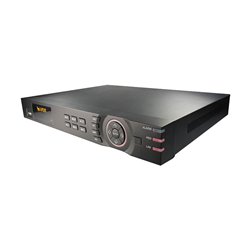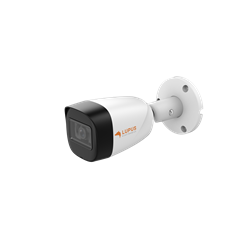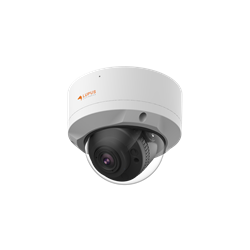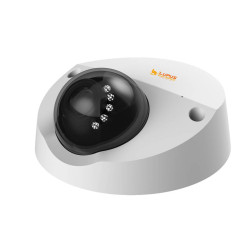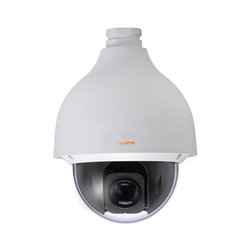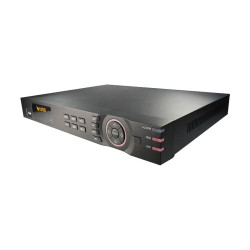- Video Surveillance Systems
- 712 likes
- 8184 views

Part 2 HDTV
Nowadays, there are cameras for almost every surveillance need. Before purchasing a video surveillance system, it is important to clarify which image transmission technology you want to use. There are solutions that use network cables and those that use coaxial/antenna cables. Both technologies have their advantages and disadvantages - so it is important for you to consider which one is best for you.
The image transmission is displayed directly on the recorder.
HDTV cameras with coaxial cable
Our HDTV cameras are connected directly to an HDTV recorder using a coaxial cable. The recorder is necessary because the cameras cannot be operated without it. The recorder itself also represents the network interface for remote access. Therefore, with HDTV cameras it is also a requirement that you can lay cables from each camera to your recorder or have already laid them. The maximum resolution in this technology is currently limited to 1080p FullHD. However, once the cameras are connected to the recorder, they are fully operational and can also be managed directly via the recorder's user interface. With coaxial technology, images are displayed directly on the recorder without any time delay.
Advantages and Disadvantages
+ No time delay in image transmission
+ Once connected to the recorder, they are always ready for use
+ Coaxial cables from older video surveillance systems can continue to be used
- Each camera must be connected directly to the recorder via a coaxial cable
- So far “only” FullHD possible
When choosing the right cameras for your surveillance, it is important to first consider which technology you want to use. The choice of the right cameras then follows from this. Of course, remote access via smartphone and computer is always possible.













